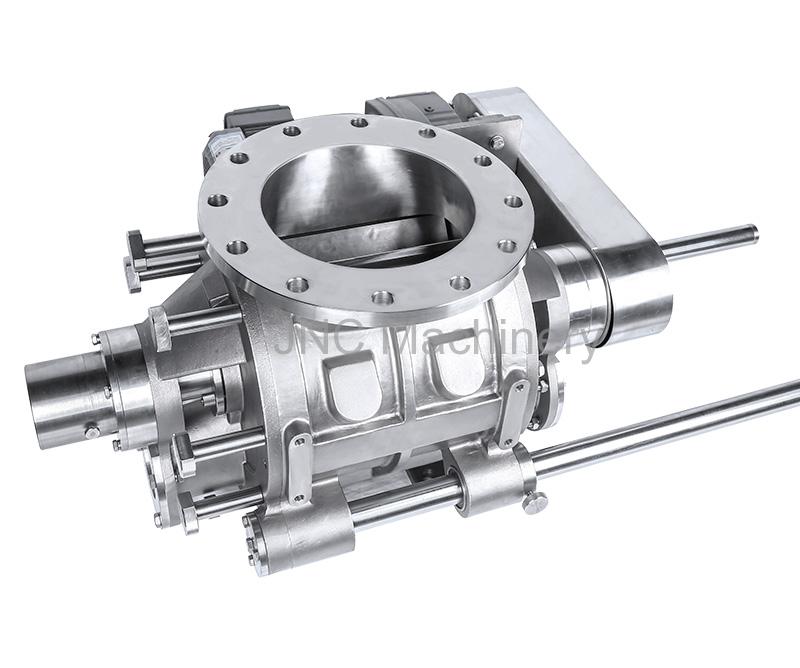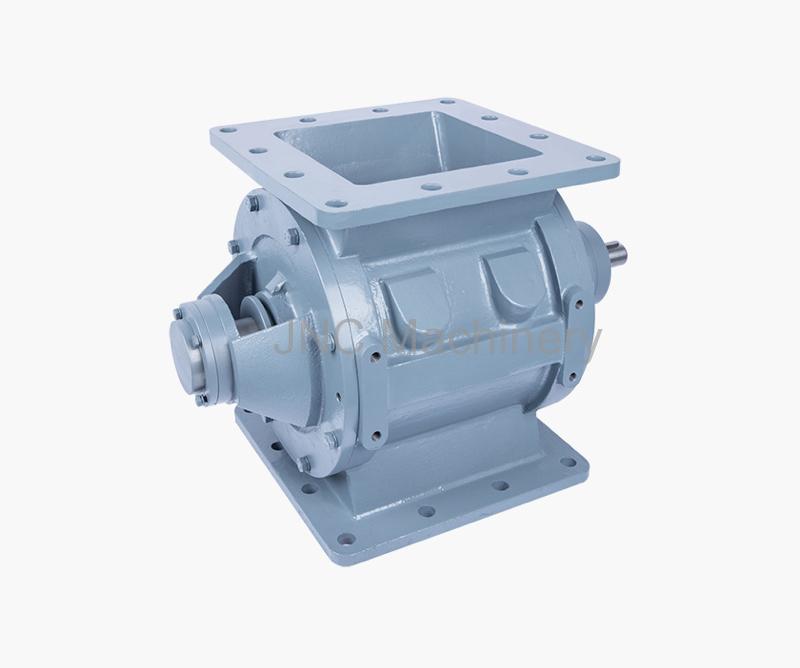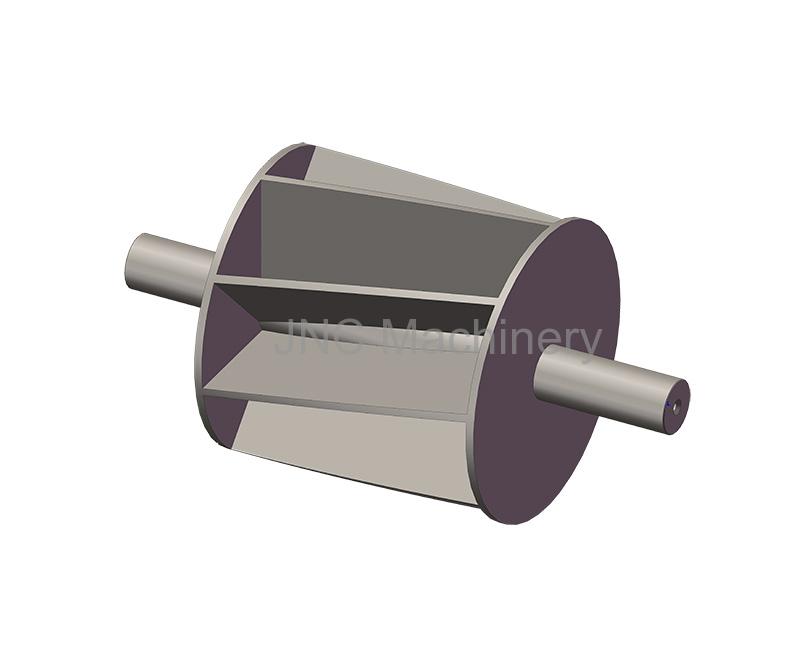Introduction of rotary valves
Rotary Valve, also known as rotary airlocks or rotary feeder, are commonly used in industrial and agricultural applications as a component in a bulk or specialty material handling system. Rotary valves are primarily used for discharge of bulk solid material from hoppers/bins, receivers, and cyclones into a pressure or vacuum-driven pneumatic conveying system. Components of a rotary valve include a rotor shaft, housing, end plates, gland packing seals and bearings. Rotors have blades cast or welded on and are typically driven by electric motors.
Rotary valves have wide application in industry wherever dry free-flowing powders, granules, crystals, or pellets are used. Typical materials include: cement, ore, sugar, minerals, grains, plastics, dust, fly ash, flour, gypsum, lime, coffee, cereals, pharmaceuticals, etc.
Rotary valve are ideal for pollution control applications in wood, grain, food, textile, paper, tobacco, rubber, and paint industries, the Standard Series works beneath dust collectors and cyclone separators even with high temperatures and different pressure differentials.
Rotary valves are available with square or round inlet and outlet flanges. Housing can be fabricated or cast. Common materials are cast iron, carbon steel, 304 SS, 316 SS, and other materials. Rotary valve are often available in standard and heavy duty models, the difference being the end plate and bearing configuration. Heavy duty models use an outboard bearing in which the bearings are moved out away from the head plate. Housing inlet and discharge configurations are termed drop-thru or side entry. Different wear protections are available such as hard chrome or ceramic plating on the inner housing surfaces. Air purge fittings are often provided to prevent contaminants from entering the packing seals.
- No.7, Jinqiu Road, Qinxiang Village, Lijia Town, Wujin District, Changzhou City
- 0086-18015812727
- info@jncvalve.com

Mobile












